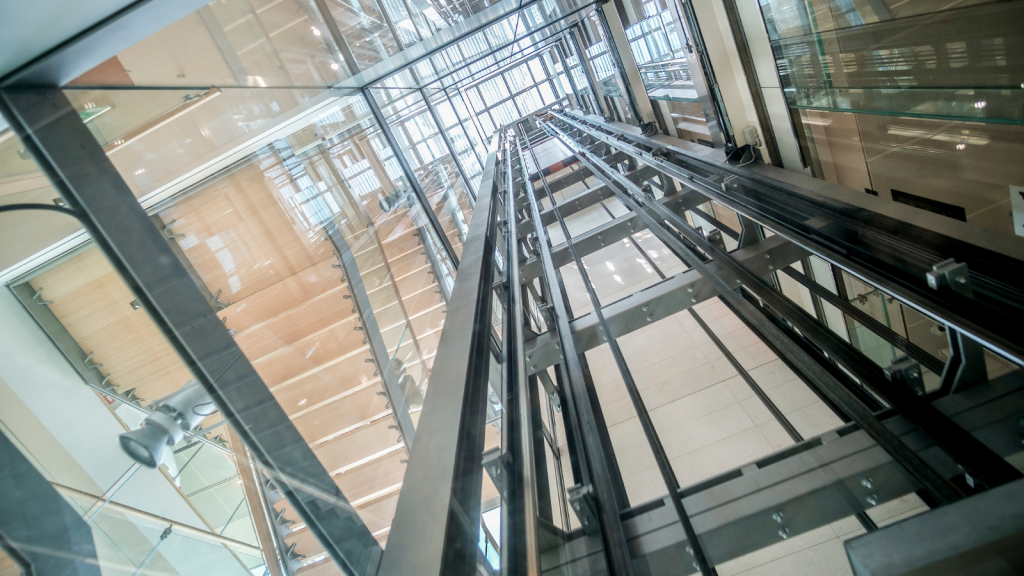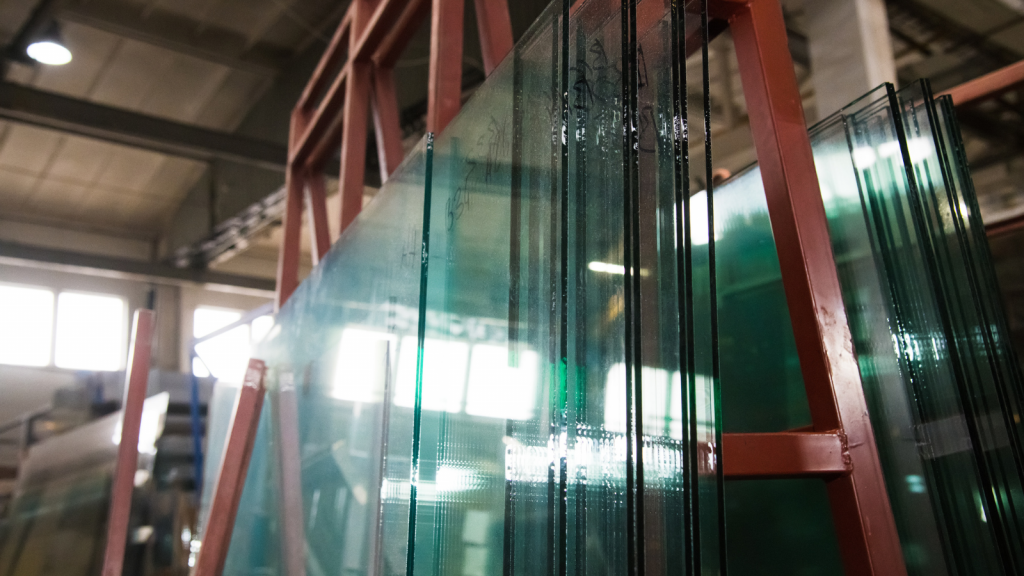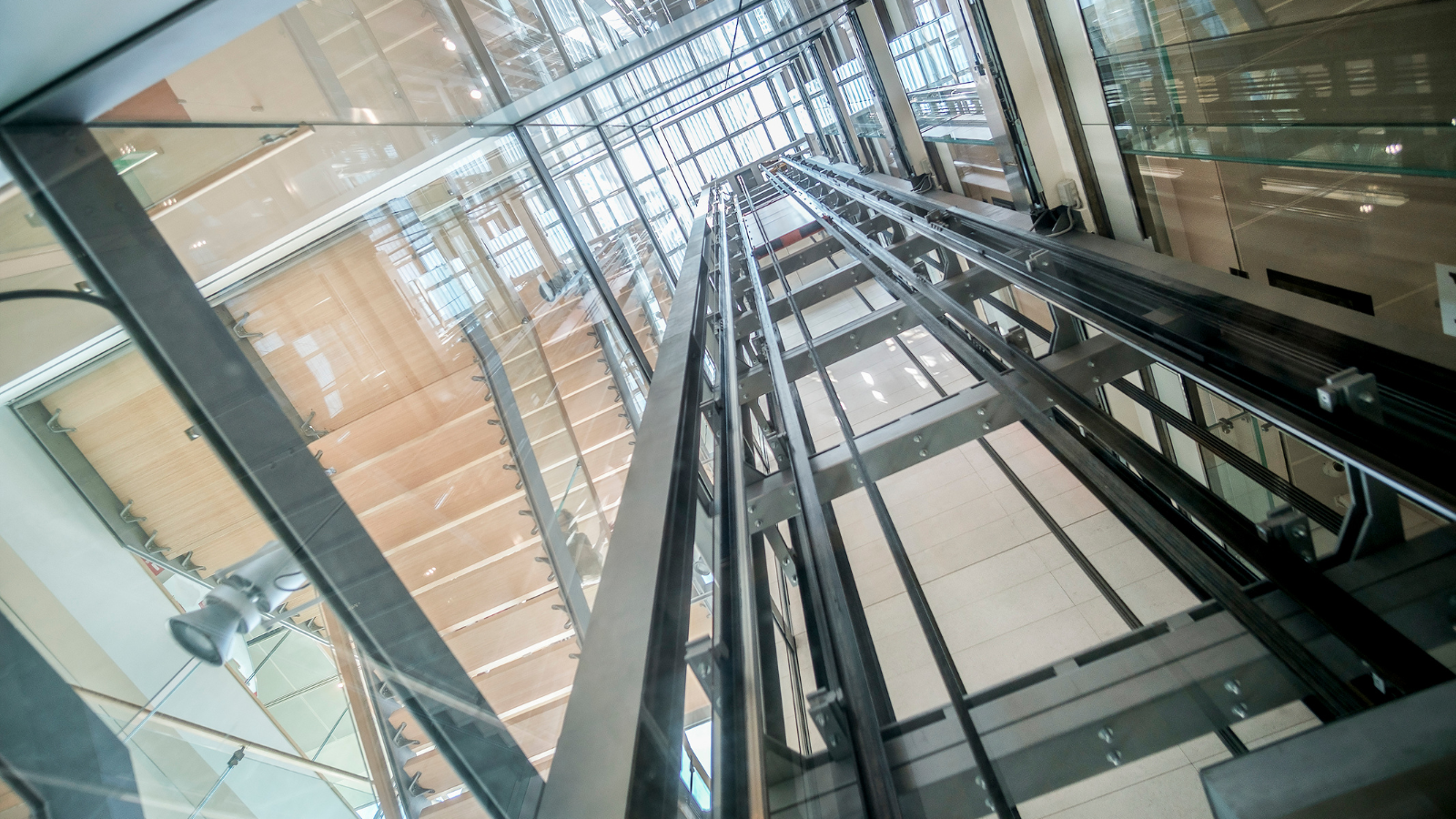In the field of business safety, the significance of fire prevention and containment cannot be overstated. As establishments strive to ensure the well-being of their occupants and safeguard their valuable assets, incorporating advanced fire safety measures becomes essential. One such innovation that has revolutionised the safety landscape is fire rated glass. In this comprehensive guide, we will discuss the pivotal role of fire rated glass in businesses, exploring its benefits, applications and how it contributes to creating secure and visually appealing environments.
What is fire rated glass
Fire rated glass, often referred to as fire-resistant glass, is a specialised glazing material created to withstand high temperatures and stop the spread of fire, smoke and heat from one area to another. It is designed to preserve its structural integrity even during a fire, as opposed to regular glass, which can shatter under extremely hot conditions. As a result, it serves as a barrier to slow the spread of flames.

The importance of fire safety in business
Businesses operate as hubs of activity, housing employees, customers and valuable assets. As such, ensuring fire safety is a primary concern. Fires can lead to catastrophic losses in human life, property damage and financial resources. By implementing effective fire safety measures, businesses can significantly mitigate these risks and create secure environments that foster productivity and well-being.
Benefits of fire rated glass in business settings
1. Containment and compartmentalisation
Fire rated glass plays a pivotal role in creating fire-resistant compartments within a building. This containment strategy restricts the spread of fire, allowing occupants more time to evacuate and emergency responders additional time to control the situation.
2. Safe evacuation and visibility
During emergencies, visibility is important. Fire rated glass provides occupants with a clear view of conditions on the other side, aiding in informed decision-making regarding evacuation routes and avoiding hazardous areas.
3. Empowering emergency response
Firefighters and emergency personnel can assess the situation through fire rated glass, enabling them to formulate effective strategies for tackling the fire and rescuing individuals. This information enhances both their efficiency and safety during rescue operations.
4. Aesthetics and design harmony
Modern fire rated glass products strike a balance between safety and aesthetics. With various styles and designs available, businesses can uphold visually appealing environments while adhering to fire safety regulations.
5. Optimising daylight and visibility
Fire rated glass allows natural light to penetrate the building, improving the working environment and reducing the need for artificial lighting. This visibility is crucial during evacuations and emergency response scenarios.
6. Compliance with codes and regulations
Many building codes mandate using fire rated materials, including glass, in specific areas to ensure occupant safety and regulatory compliance. Fire rated glass helps businesses meet these requirements.
7. Safeguarding valuable assets
By slowing down fire spread, fire rated glass protects valuable equipment, documents and inventory. This extended time frame allows firefighters to control the situation and prevent extensive damage.
8. Meeting insurance requirements
Businesses with fire rated glass installations can fulfill insurance policy mandates for fire safety measures. This compliance may result in lower insurance premiums and fortify the overall risk management strategy.
9. Elevating public perception
Demonstrating a commitment to safety enhances a business’s reputation and builds trust among customers, employees and stakeholders. Fire rated glass showcases a dedication to safeguarding individuals and resources.

Types of fire rated glass
Fire rated glass comes in various types, each offering specific levels of fire resistance and performance. The selection of the appropriate type depends on factors such as building design, intended use and regulatory requirements. Some common types include:
Wired glass
Historically used, wired glass has a wire mesh embedded within the glass to enhance its strength. While it provides basic fire resistance, modern alternatives offer better performance without the safety risks associated with wired glass breakage.
Ceramic glass
Utilising advanced materials, ceramic glass provides excellent fire resistance and thermal insulation. It is commonly used in fire rated doors and windows.
Laminated glass
This type comprises multiple layers of glass bonded together with interlayers. Laminated fire rated glass maintains its integrity during fires, preventing the glass from falling out of its frame and helping to contain flames.
Tempered glass
Tempered fire rated glass is heat-treated to increase its strength. It is often used in areas requiring impact resistance and fire protection.
Integrating fire rated glass in business spaces
Fire rated glass doors
Fire rated glass doors combine safety and aesthetics, allowing natural light to pass through while maintaining fire-resistant properties. These doors are vital in areas like stairwells and corridors, providing safe evacuation routes.
Fire rated glass partitions
Glass partitions create visually open spaces while still adhering to fire safety regulations. These partitions enhance both the aesthetics and functionality of workspaces, promoting a collaborative environment.
Fire rated glass windows
Windows are critical points of vulnerability during fires. Fire rated glass windows offer protection while maintaining visibility. They are used in exit corridors, stairwells and other areas requiring fire separation.
Installation considerations and professional guidance
The effectiveness of fire rated glass depends on proper installation. It is crucial to work with experienced professionals who understand the intricacies of fire safety regulations and building codes. Proper installation ensures that fire rated glass performs as intended during emergencies.
When integrating fire rated glass, consider factors such as the location of the glass, required fire resistance rating, surrounding materials and potential impact hazards. Collaboration with architects, engineers and fire safety experts can streamline the installation process and maximise safety.
Prioritise safety in your business
Fire rated glass stands as a foundation of modern business safety strategies. Its ability to contain fires, facilitate safe evacuations and empower emergency responders makes it indispensable in building design. Beyond its functional benefits, fire rated glass seamlessly merges safety with aesthetics, promoting a secure and visually appealing environment.
As businesses continue to prioritise safety and adhere to regulations, the utilisation of fire rated glass becomes a powerful tool for risk management and reputation enhancement. By recognising the multifaceted advantages of fire rated glass in business settings, establishments can make informed decisions that fortify their resilience in the face of potential fire hazards.

